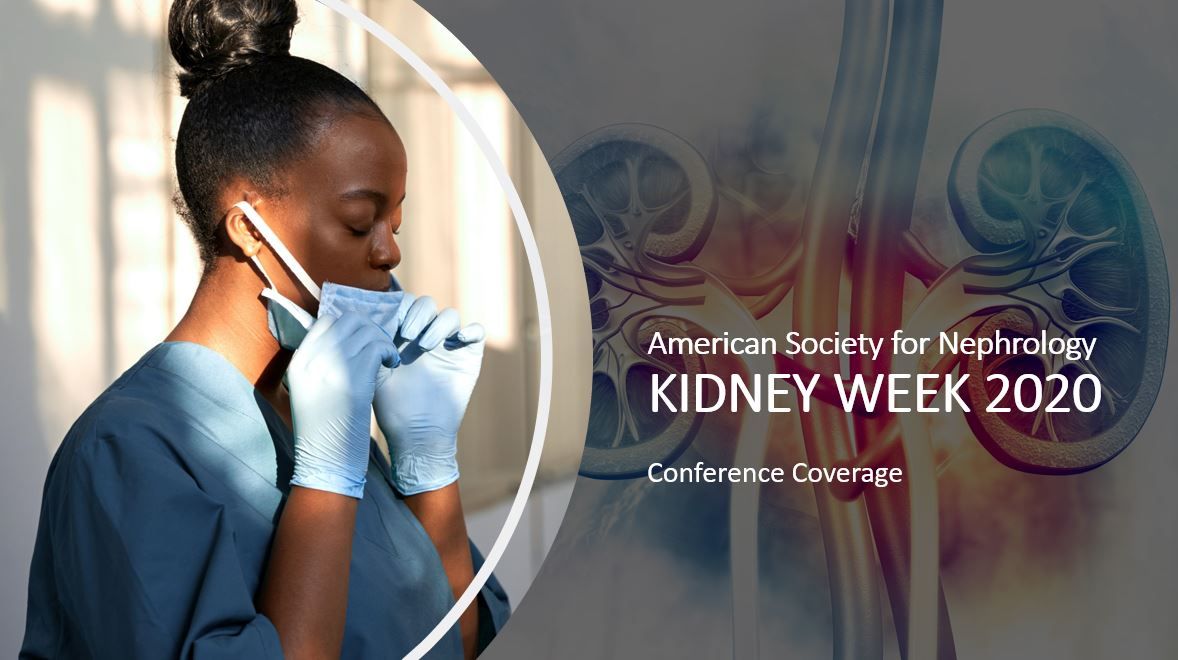Article
COVID Deaths Are High Among Waitlisted Kidney Transplant Patients
Although mortality rates for kidney transplant recipients with COVID-19 are known to be high, end stage kidney disease patients with COVID-19 appear to have a higher risk of mortality than patients with new kidneys.
(©InstaPhotos,AdobeStock), (©CrystalLight,AdobeStock),

Although mortality rates for kidney transplant recipients with COVID-19 are known to be high, end stage kidney disease patients with COVID-19 appear to have a higher risk of mortality than patients with new kidneys.
This is according to researchers from NewYork-Presbyterian/Weill Cornell Medical Center who recently presented new data at Kidney Week, the annual meeting of the American Society for Nephrology which wrapped this week.
Physicians have long since documented higher mortality rates among transplant recipients who go on to contract COVID-19. At the meeting, Vinay Nair, D.O., of Northwell Health in New York, presented data from a review of nine published articles on the presence of COVID-19 in solid organ transplant recipients. He and his team reported a mortality rate of 20-30 percent among this patient population suggesting that "transplant recipients have a higher mortality than their non-immunocompromised peers."
In the Nair study, which was conducted between March and May, the patients were on average in their 50s with hypertension and diabetes. Most were receiving the immunosuppression drugs tacrolimus, mycophenolate analogs and prednisone. In hospital they were treated with hydroxychloroquine and to a lesser degree azithromycin, remdesevir, leronlimab, lopinavir/ritonavir, darunavir, oseltamivir, and tocilizumab.
In a study led by Thalia Salinas, M.D., of NYP-Weill Cornell, researchers found that of 55 waitlisted end stage kidney disease patients, 16 died, as compared seven of 54 kidney transplant patients who died.
"Waitlisted end stage kidney disease patients on dialysis with COVID-19 are comparatively at higher risk for mortality compared to kidney transplant recipients with COVID-19 despite similar demographics and similar burden of comorbidities. Whether the ability of immunosuppressive therapy to prevent the cytokine storm contributed to better survival among kidney transplant recipients remains to be determined," Dr. Salinas wrote in her presentation.
Among the two groups of COVID-19 treatment, they were hospitalized at the same rate and exhibited similar symptoms. Both sets of patients were treated with azithromycin and doxycycline, but hydroxychloroquine was used more frequently in kidney transplant patients (62% vs 36%), as were other experimental therapies.
Waitlisted end stage kidney disease patients died at a rate of 29 percent as compared to kidney transplant patients who died at a rate of 13 percent. Of the waitlisted end stage kidney disease patients who died, most were males, black or Hispanic, and 81 percent also had type two diabetes mellitus and/or hypertension.
_______________
REFERENCE
ABSTRACT: PO0788. "COVID-19 and Kidney Transplant Outcomes." October 22, 2020
ABSTRACT: PO0772. "ESKD Patients with COVID-19 vs. Kidney Transplant Recipients with COVID-19." October 22, 2020




